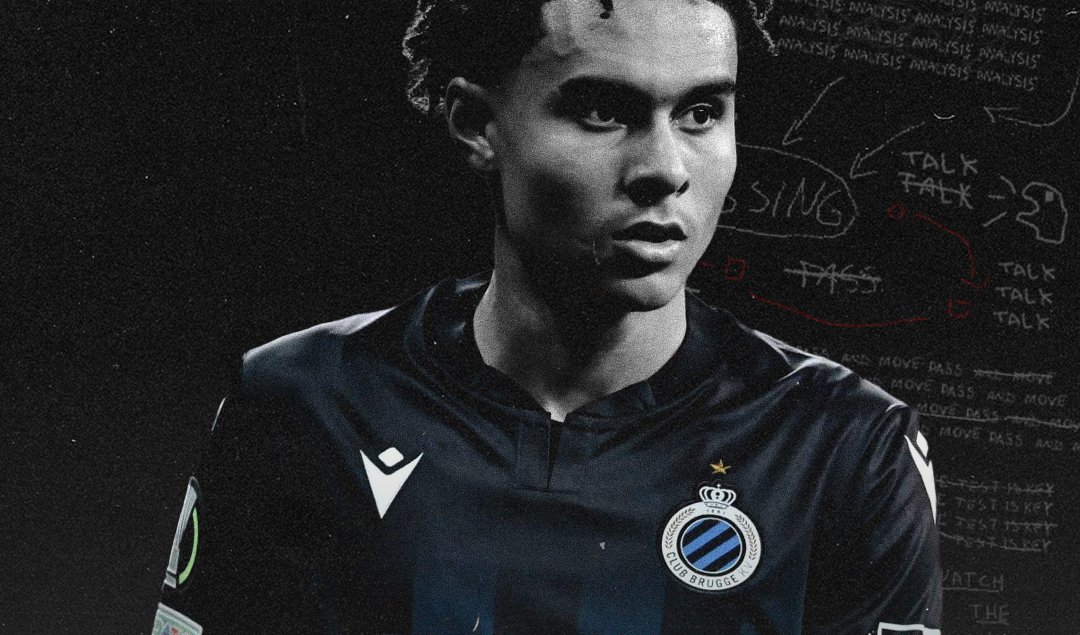Half-time Fuelling: What Elite Footballers Use to Stay Sharp (Including Gels)
As the half-time whistle sounds, managers, players, coaches and physios all make their way into the dressing room for a crucial interval reset. Beyond the tunnel walk and behind the scenes, sheltered from the fan’s perspective, a critical process takes place – halftime fuelling.
For elite footballers, what they consume during that 15-minute window can significantly influence their second-half performance, both physically and mentally. From carbohydrate-rich drinks to energy gels, clubs are increasingly turning to precision nutrition to give their players the edge when it matters most.
Here’s a closer look at what top footballers use to stay sharp during the break – and why the right fuelling strategy is as essential as the right boots.
Why Half-time Fuelling Matters
Football is an intense, high-speed sport that combines aerobic endurance with repeated short bursts of sprinting, turning, jumping, and physical contact. Over 90 minutes, players typically cover 10-13 kilometres, with many short accelerations and decelerations testing their energy stores.
When half-time arrives, muscle glycogen (the body’s stored carbohydrate) is on its way towards depletion, particularly in fast-twitch fibres. Even slight dehydration can affect coordination, reaction time and decision-making. Mental fatigue also sets in, affecting players’ ability to anticipate plays and respond tactically.
This is why half-time isn’t just about recovery – it’s a fuelling opportunity. The goal is to top up carbohydrate stores, rehydrate, and supply nutrients that support cognitive function, all while avoiding stomach upset or sluggishness when play resumes.
What Do Elite Footballers Consume?
While every club has its approach, and individual players have different tolerances and preferences, there are common trends in elite-level half-time fuelling.
1. Carbohydrate Drinks
A common staple, carbohydrate-rich sports drinks are used to provide a fast-absorbing energy source, usually glucose or maltodextrin, along with electrolytes. These drinks help replenish fluids lost through sweat and provide a quick energy top-up that can be absorbed within minutes.
Many clubs use isotonic drinks, which match the body’s natural fluid concentration, allowing for rapid absorption without drawing extra water into the gut – a key factor in avoiding gastrointestinal discomfort.
2. Energy Gels
Though traditionally associated with endurance sports like marathons or cycling, energy gels are gaining popularity in football, particularly during high-stakes matches, which could entail extra-time and penalties.
Why? Because gels offer concentrated, fast-release carbohydrates in a small, easily consumed packet. They’re designed to be digested quickly, providing a rapid energy boost without the bulk of food. Some also include caffeine, which can enhance alertness and reaction time – a potentially valuable benefit heading into the second half.
However, not all players tolerate gels well, especially if they’re not used to them in training. Many clubs advise players to test energy gels during high-intensity sessions to see how their bodies respond before introducing them on matchday.
3. Fruit and Simple Carbs
You may have noticed players chewing on bananas or orange slices – a throwback to grassroots football, but still relevant at the top level. Bananas provide potassium and natural sugars, while oranges offer hydration and vitamin C.
Simple, easily digestible carbs like these can offer a gentler alternative to processed gels or drinks, especially for players who prefer whole foods or have sensitive stomachs.
4. Caffeine Gums or Chews
Some teams use caffeinated chewing gum during the break – it absorbs faster than drinks or tablets, with effects felt in as little as 5 minutes. The caffeine helps sharpen focus, stave off mental fatigue, and may even back-up an individual’s sprint performance.
It’s typically used in moderation – too much caffeine can lead to jitters, dehydration, or a post-match crash – but when timed right, it can contribute towards a player’s competitive edge.
Hydration: Still the Priority
While energy is important, hydration is arguably the most critical component of half-time fuelling. Even a 1-2% loss in body weight due to sweating can impair performance. Clubs often weigh players before and after training sessions to estimate fluid loss and personalise rehydration strategies.
Most footballers will sip a combination of water, electrolyte drinks, and/or carbohydrate beverages during the break. Some also use salt tablets or drinks with higher sodium concentrations to replace key electrolytes lost in sweat, especially in hot climates or during intense fixtures.
Individual Strategies and Tolerances
There’s no one-size-fits-all approach. While some players thrive on energy gels, others prefer natural sugars or only water. Nutritionists work closely with athletes to identify:
- Carbohydrate needs based on position and playing style
- Gastrointestinal tolerance (some players are more sensitive than others)
- Mental and physical fatigue markers across the match
Players are encouraged to trial their fuelling plans in training to ensure their matchday routine is seamless and familiar. The worst time to try a new gel or drink is in the middle of a crucial game.
Are Gels the Future of Football Fuelling?
Energy gels are certainly more than a passing trend. With advancements in sports nutrition, newer gels contain multiple carbohydrate sources (like glucose and fructose) for better absorption, added electrolytes, and even functional ingredients like amino acids or caffeine.
However, they may be seen best used as part of a broader strategy, not a standalone fix. The real power lies in combining fluids, carbs, and individualised timing – all tailored to the demands of the match and the needs of each player.
Final Whistle
Half-time in a fixture shouldn’t be viewed as just a break from the outside – it’s a crucial performance window. For elite footballers, what goes into the body in those 15 minutes can determine how sharp, fast and focused they are in the second 45 minutes of the game.
Whether it’s a carbohydrate drink, a banana, or a well-timed energy gel, the goal is the same: to keep performance from dropping when it matters most. As football continues to push the boundaries of science and preparation, it’s clear that nutrition – even in the smallest forms – is playing a bigger role than ever.
